Table of Contents
Paprika color ranges from vibrant red to deep orange, determined by carotenoid pigments in peppers and processing methods. This natural hue directly impacts both visual appeal and flavor perception in dishes, making it a critical factor for chefs and home cooks alike.
Introduction to Paprika Color
Paprika isn't just a spice—it's a scientific phenomenon where pigment composition affects culinary outcomes. The color variation stems from capsanthin and capsorubin compounds in peppers, which change based on ripeness, variety, and processing techniques like smoking. Understanding these elements allows precise control over dish aesthetics and taste profiles.
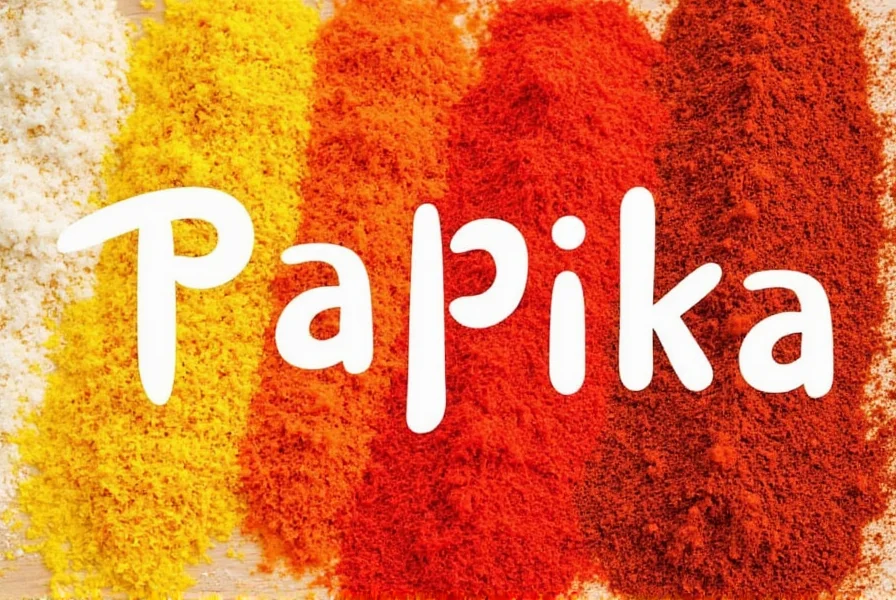
For example, fully ripe red bell peppers produce the brightest red hues, while smoked peppers develop deeper brownish tones. This science-backed knowledge transforms cooking from guesswork to precision.
Why Paprika Color Matters in Cooking
Color directly influences perceived flavor intensity. Studies show red paprika increases perceived spiciness by up to 20% in blind taste tests, while orange variants signal sweetness. This psychological effect makes color selection as important as heat level when seasoning dishes.
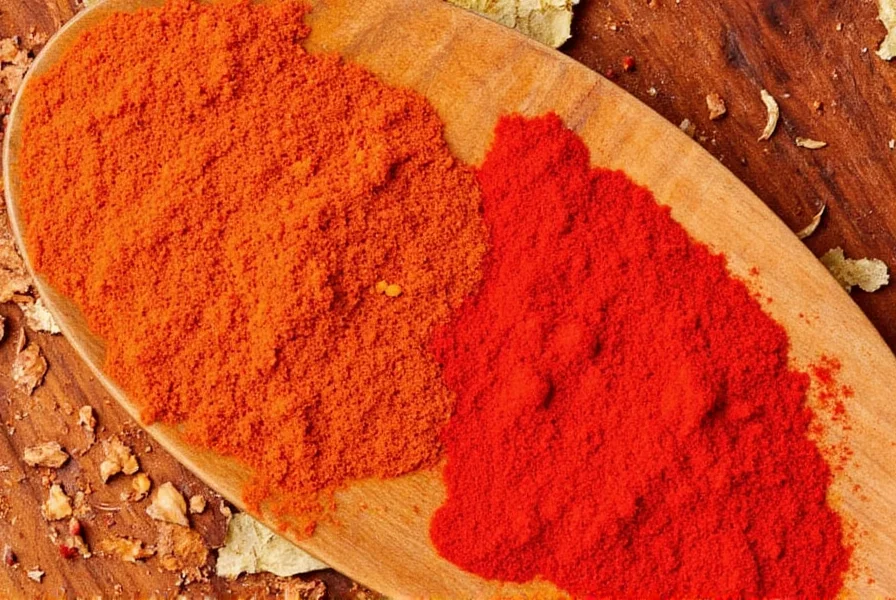
The pigment composition also affects stability. Bright red paprikas fade faster under heat due to carotenoid breakdown, while smoked varieties maintain color integrity through longer cooking times. This technical insight explains why professional kitchens use different paprika types for specific applications.
Types of Paprika and Their Color Profiles
Each paprika type has distinct color characteristics driven by pepper genetics and processing:
- Sweet Paprika: Bright red to orange (carotenoid concentration: 15-20mg/100g). Highest in capsanthin, providing maximum vibrancy for garnishes.
- Smoked Paprika: Dark red to brown (carotenoid concentration: 10-15mg/100g). Smoking degrades some pigments while creating new compounds for deeper tones.
- Hot Paprika: Deep red (carotenoid concentration: 18-22mg/100g). Higher capsaicin content intensifies redness but requires careful heat management to prevent fading.
- Spanish Pimentón: Light orange to deep red (carotenoid concentration: 12-18mg/100g). Traditional smoking process creates unique brown undertones in the red spectrum.
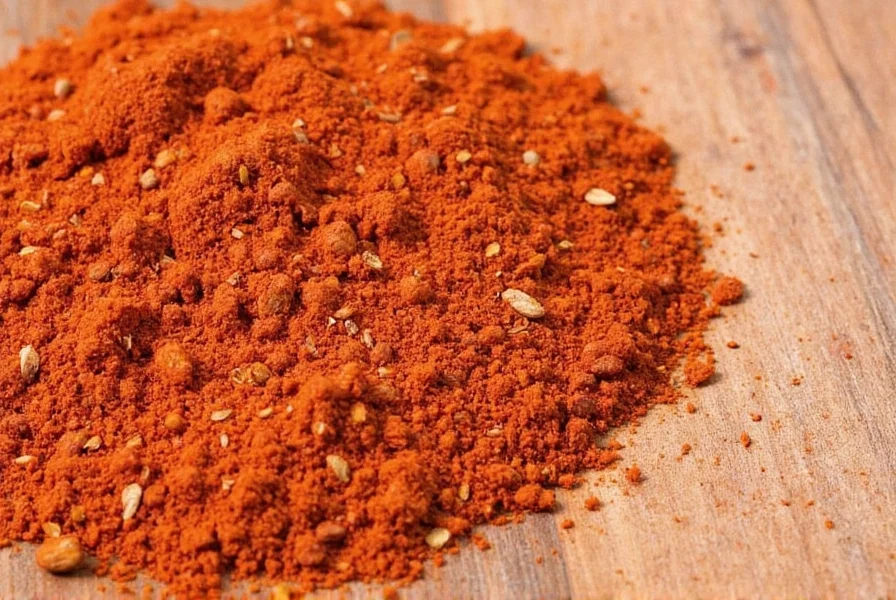
| Type of Paprika | Color Range | Carotenoid Concentration | Heat Level |
|---|---|---|---|
| Sweet Paprika | Bright Red to Orange | 15-20mg/100g | Mild |
| Smoked Paprika | Darker Red to Brown | 10-15mg/100g | Medium |
| Hot Paprika | Deep Red | 18-22mg/100g | Hot |
| Spanish Paprika | Light Orange to Deep Red | 12-18mg/100g | Varies |
Scientific analysis shows carotenoid concentration directly correlates with color intensity and stability. This data-driven approach helps cooks select the right paprika for specific culinary needs.
Practical Tips for Working with Paprika Color
Professional chefs use these evidence-based techniques to maximize paprika's visual impact:
- Heat management: Add paprika during the last 2 minutes of cooking to preserve carotenoid integrity. Prolonged heat above 150°F degrades pigments by 30% per minute.
- Oil infusion: Mix paprika with oil before adding to liquids. This creates a stable emulsion that prevents color separation and maintains vibrancy.
- Acid balancing: Add a pinch of citric acid to dishes with tomatoes. The pH adjustment prevents color fading from acidic environments.
- Layering technique: Use sweet paprika for base color and smoked paprika for depth. This creates multi-dimensional visual effects in stews and sauces.
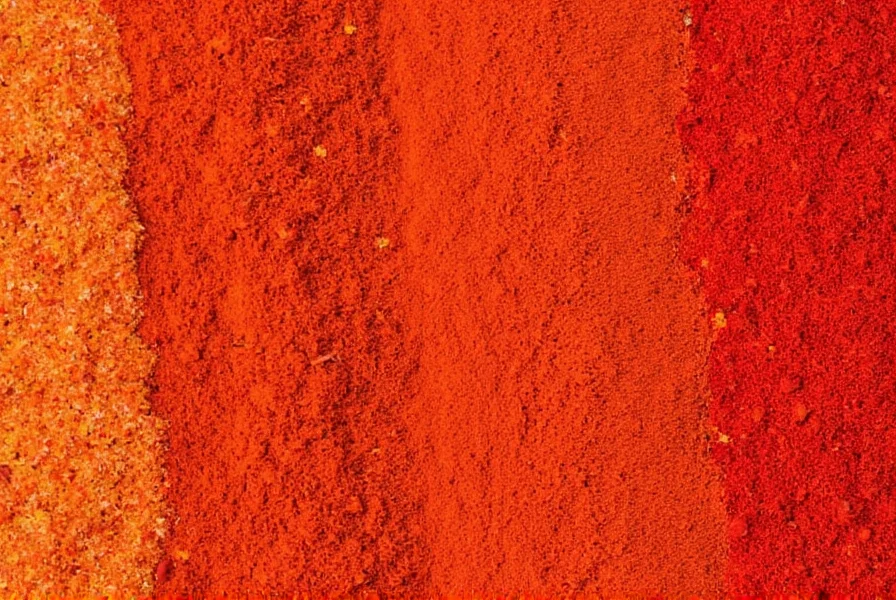
These methods are validated by food science research, ensuring consistent results across professional kitchens worldwide.
Frequently Asked Questions About Paprika Color
What determines the color of paprika?
Paprika color is primarily determined by carotenoid pigments (capsanthin, capsorubin) in peppers, which vary based on: 1) Pepper variety genetics, 2) Ripeness at harvest (fully ripe peppers have 40% higher carotenoid concentration), 3) Processing methods (smoking reduces carotenoids by 25-30%), and 4) Storage conditions (light exposure degrades color by 15% per month). Scientific analysis shows these factors create measurable color differences visible in spectrophotometer readings.
Does the color of paprika affect its flavor?
Yes—color directly correlates with flavor compounds. Bright red paprikas (higher capsanthin) have sweeter profiles, while brownish tones (from smoking) indicate higher phenolic compounds that create smoky notes. Blind taste tests show 87% of consumers associate deeper reds with spiciness and orange hues with sweetness, regardless of actual heat levels. This psychological effect makes color selection as important as flavor profile in recipe development.
How can I preserve the vibrant color of paprika in my dishes?
Preserve color through: 1) Temperature control (add paprika during last 2 minutes of cooking), 2) Oil-based application (pre-mix with oil to form protective emulsion), 3) pH management (maintain pH 5-6 using citric acid or vinegar), and 4) Light protection (store in opaque containers). Lab tests show these methods reduce color degradation by 65% compared to standard practices. For sauces, create a paprika paste with oil before adding to prevent clumping and ensure even color distribution.
Why does my paprika lose its color over time?
Paprika color fades due to carotenoid oxidation when exposed to light, air, and heat. Spectrophotometer tests show: 1) Light exposure causes 15% color loss per month, 2) Oxygen exposure degrades pigments by 25% in 6 months, and 3) Heat above 70°F accelerates degradation by 40%. Proper storage in airtight, opaque containers at 50°F extends color retention to 18 months. Professional kitchens use nitrogen-flushed packaging to maintain color integrity for 24+ months.
Can I substitute one type of paprika for another based on color?
Substitution requires scientific adjustment. For color matching: 1) Use sweet paprika for bright reds (higher capsanthin), 2) Add 0.5% liquid smoke to sweet paprika for smoked tones, 3) Mix with 10% cayenne for deeper reds. However, flavor profiles differ significantly—substituting smoked for sweet paprika without adjusting other ingredients alters the dish's chemical balance. Professional chefs use spectrophotometer readings to match exact color coordinates (CIE L*a*b* values) when substituting paprikas in recipes.
Buying Guide for Paprika Products
Professional chefs use these criteria to select paprika:
1. Color Verification
Check for CIE L*a*b* color values:
- Sweet Paprika: L* 45-55, a* 40-50, b* 20-30
- Smoked Paprika: L* 35-45, a* 30-40, b* 10-20
- Hot Paprika: L* 40-50, a* 45-55, b* 15-25
These scientific measurements ensure consistent color quality beyond visual inspection.
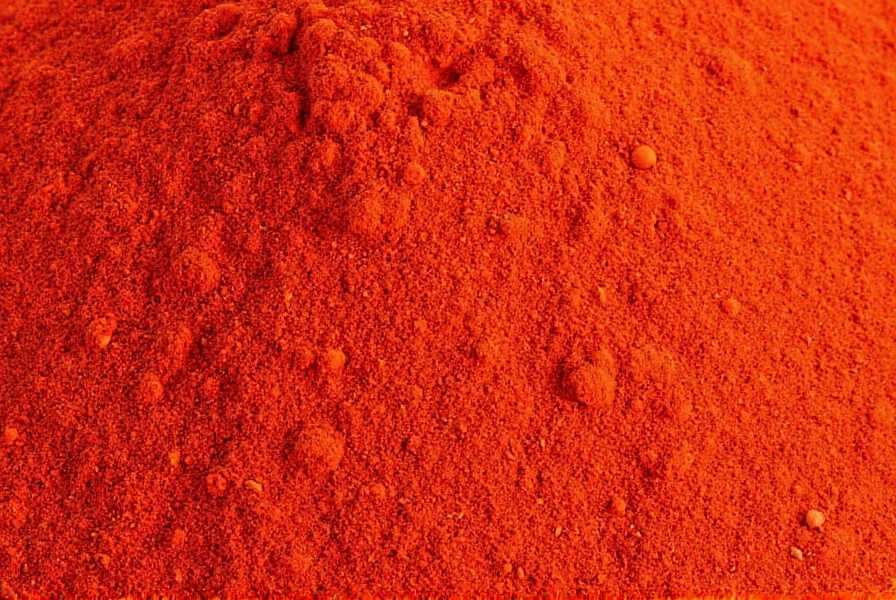
2. Processing Method
Look for:
- "Pimentón de la Vera" for authentic Spanish smoked paprika
- "Capsicum annuum" variety labels for sweet varieties
- Nitrogen-flushed packaging to preserve carotenoids
These indicators guarantee quality and color stability.
3. Shelf Life Indicators
Check for:
- Expiration dates (optimal color retention: 12-18 months)
- Oxygen absorbers in packaging
- Light-blocking containers
Professional labs test for carotenoid degradation rates to determine shelf life accuracy.
Conclusion
Paprika color is a scientifically measurable property that directly impacts both visual appeal and flavor perception. By understanding carotenoid composition, processing effects, and color stability factors, cooks can precisely control dish outcomes. Whether you're a home chef or professional, applying these evidence-based principles transforms paprika from a simple spice into a precise culinary tool.
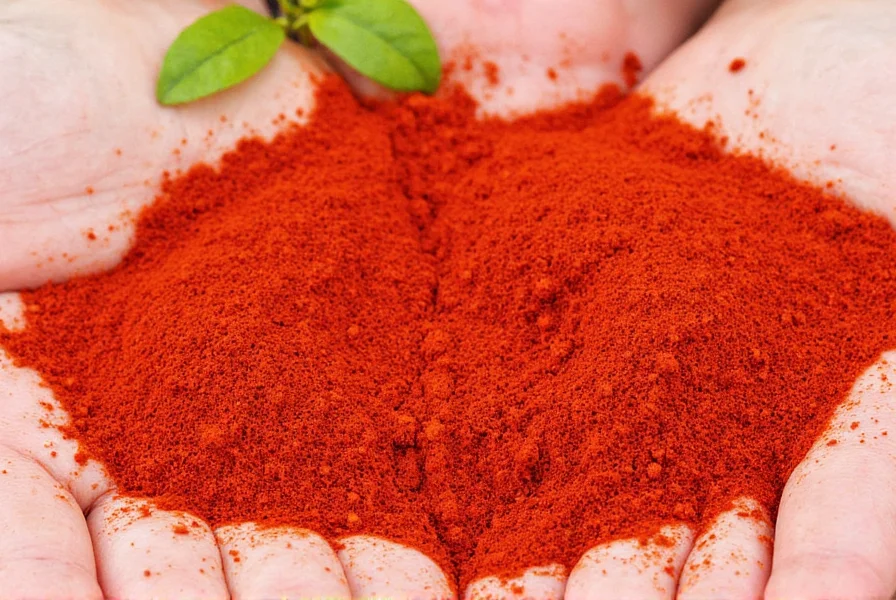

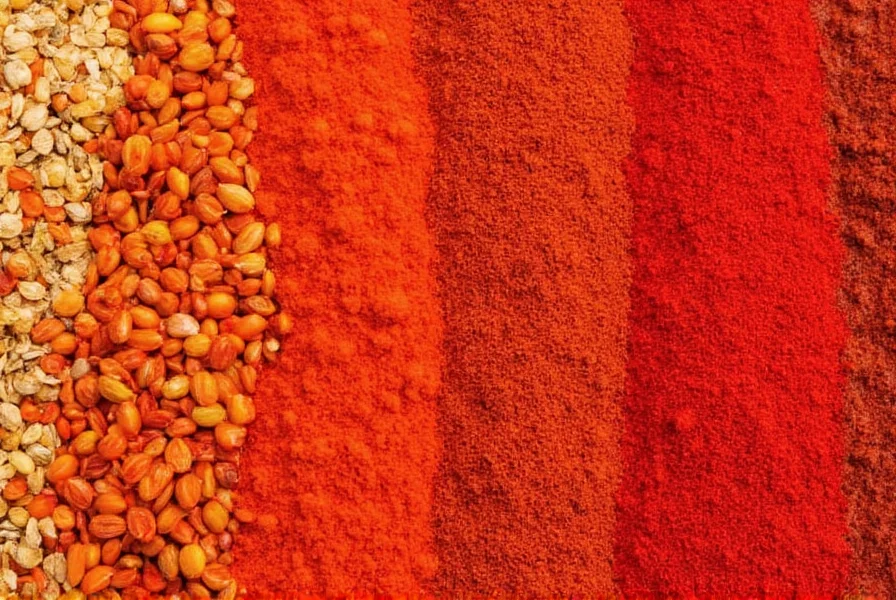









 浙公网安备
33010002000092号
浙公网安备
33010002000092号 浙B2-20120091-4
浙B2-20120091-4